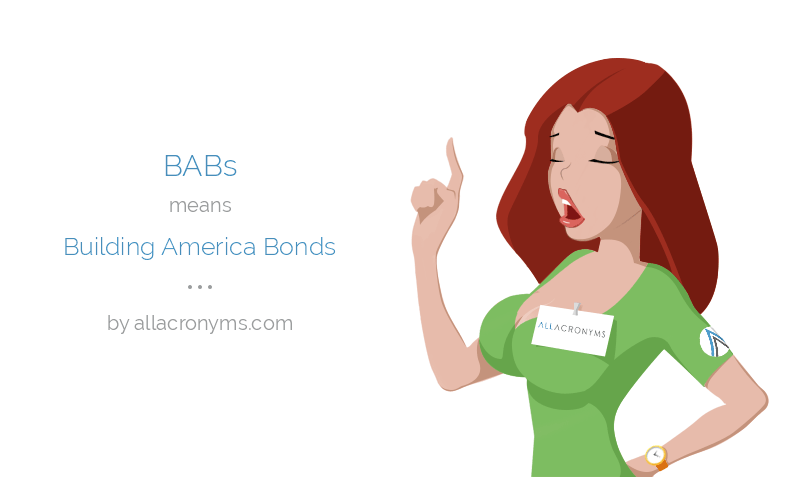Build America Bonds What They are and How They Work
Post on: 18 Апрель, 2015 No Comment

Build America Bonds (BABs) are bonds issued by states and municipalities that carry a federal subsidy of 35% of the taxable borrowing cost, instead of the tax exempt status of traditional municipal bonds. They were introduced as part of the American Recovery and Reinvestment Act signed into law by president Obama in 2009. From April 2009 until the program expired in December of 2010, over $180 Billion worth of Build America Bonds were issued, representing 2275 issues.
Build America Bonds were introduced to help bring down financing costs for state and local governments, which had surged as a result of the financial crisis. Normally institutional investors don’t buy municipal bonds, because they do not benefit from their tax exempt status like individuals. By introducing a taxable bond with a federal subsidy, the US Government hoped it would bring institutional buyers into the market, and that this increased demand would drive borrowing costs back down down. By that measure the program was a success, as state and local government borrowing costs decreased to just above pre crisis levels shortly after the program was introduced.
Many people feel that Build America Bonds should be a permanent addition to the municipal bond market. President Obama is one of those people, and has proposed bringing back the BABs program as part of his 2013 budget. To help bring down costs he has proposed cutting the federal subsidy from the previous level of 35% to 30% for two years, after which point it would drop to 28%. There are some good arguments for and against bringing back Build America Bonds which we have outlined below:
Arguments for Bringing Back Build America Bonds

- Because the current structure of providing a tax benefit to the investor is less direct, the loss in revenue to the federal government in taxes, is greater than the benefit to the issuer in lower borrowing costs. By providing the subsidy directly to the issuer, the cost to the government, and savings by the issuer in terms of lower borrowing costs, should be equal.
- Bringing institutional buyers into the market drives down borrowing costs for state and local governments.
- It is a fairer structure as it opens the market up to individuals who are not in a high enough tax bracket to benefit from the tax exempt status of traditional municipal bonds.
Arguments Against Bringing Back Build America Bonds
For more definitions and explanations please visit the Learn Bonds glossary where we give the meaning of many additional bond terms.














